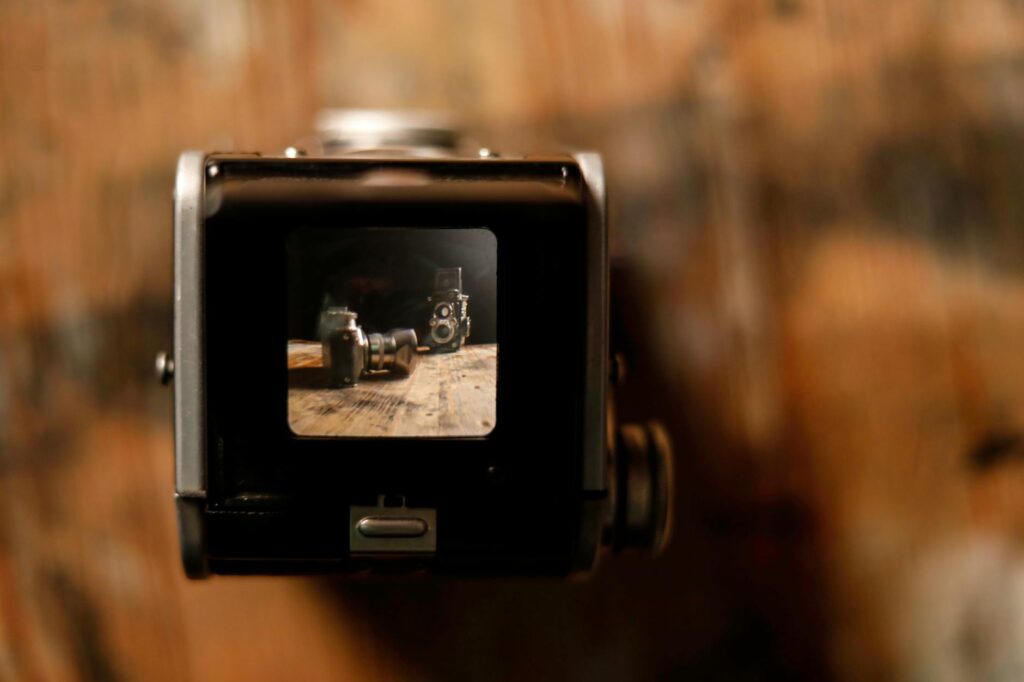What is memory palace?

What is Memory Palace?
The memory palace, also known as the method of loci, is a unique and powerful technique for enhancing memory retention. This strategy leverages spatial memory to help individuals recall information more effectively. Imagine walking through a familiar place and visualizing specific items in different locations—this mental exercise can significantly boost your ability to remember.
Why should you care about a memory palace? In a world where we often juggle multiple responsibilities and information overload is common, mastering this technique can enhance your productivity and learning. Let’s dive deeper into what a memory palace is and how you can create your own.
Understanding the Memory Palace Technique
Definition of a Memory Palace
At its core, a memory palace is a mental visualization tool that helps you organize and recall information. You associate items you want to remember with specific locations in a familiar place, such as your home, school, or any location you can easily visualize. This method taps into your brain’s natural ability to remember spatial relationships, making it easier to retrieve information when needed.
For a deeper exploration of this concept, you might find the detailed explanation on the Method of Loci insightful.
Historical Background
The origins of the memory palace technique date back to ancient Greece and Rome, where orators used it to memorize lengthy speeches. Famous figures like Cicero and Aristotle employed this memory strategy to enhance their rhetorical skills. The technique gained prominence through the centuries, adapting to educational practices and self-improvement strategies.
The method’s historical significance highlights its timeless applicability and effectiveness. In today’s fast-paced world, using a memory palace can still provide immense benefits, whether in academic environments or professional settings.
How to Create Your Own Memory Palace
Building your memory palace involves several steps, from choosing a location to visualizing information. Let’s break it down.
Choosing the Right Location
Select a place you know intimately, like your childhood home or your current office. The more familiar you are with the location, the easier it will be to navigate mentally. This space will serve as the foundation for your memory palace.
Once you’ve chosen a location, visualize it in your mind. Consider walking through it and taking note of distinct rooms or landmarks that can serve as “storage” for the information you wish to remember.
Structuring Your Memory Palace
After selecting a location, it’s time to organize the information. Think of each room or area in your memory palace as a unique storage unit for different topics or categories of information. For example, your kitchen might hold items related to cooking, while your bedroom can store personal development goals.
The key here is to maintain a logical structure. You don’t want to mix unrelated topics; this will confuse your recall process.
Visualizing Information
Visualization is crucial for this technique’s success. As you mentally place items in your memory palace, exaggerate their characteristics. The more vivid and bizarre the image, the better. For instance, if you’re trying to remember the word “apple,” visualize a giant, talking apple bouncing around your kitchen. This technique helps create a stronger association between the information and its location.
To learn more about building a memory palace, you can check out this guide on How to Build a Memory Palace.
Applications of the Memory Palace Technique
Enhanced Learning and Study Habits
The memory palace technique can transform how students retain information. By associating study material with specific locations, learners can recall facts more easily during exams. This method makes studying both effective and enjoyable, as it adds an element of creativity to a typically mundane task.
For details on active memorization techniques, you may want to refer to the resource on Active Memorization.
Professional and Personal Development
Professionals can also leverage the memory palace technique for presentations, speeches, or even mastering new skills. Imagine needing to remember key points for a presentation—by placing these points in your memory palace, you can recall them seamlessly during your talk.
Additionally, using a memory palace can enhance personal development by helping individuals set and remember their goals. Visualizing these aspirations in a familiar space can create a more profound commitment to achieving them.
Tips for Effective Memory Palace Usage
Practice and Consistency
Like any skill, creating and utilizing a memory palace takes practice. Make it a habit to revisit your memory palace regularly. The more you practice, the stronger your memory connections will become. Consistency is key, so set aside time each week to walk through your palace and review what you’ve stored.
Avoiding Common Mistakes
One common pitfall is overloading your memory palace with too much information at once. It’s essential to add items gradually and ensure you can visualize each clearly. If you find certain associations are difficult to remember, consider revising your images to make them more relatable or memorable.
Conclusion and Final Thoughts
The memory palace technique is more than just a mnemonic device; it’s a creative way to enhance memory retention and productivity. By visualizing information in familiar spaces, you can make recalling details a breeze.
Whether you’re a student striving for academic success or a professional looking to improve your skill set, creating your own memory palace can offer significant benefits. Why not take the first step today and start building your own memory palace? The possibilities for enhancing your memory are limitless!

Photo by Jordan Benton